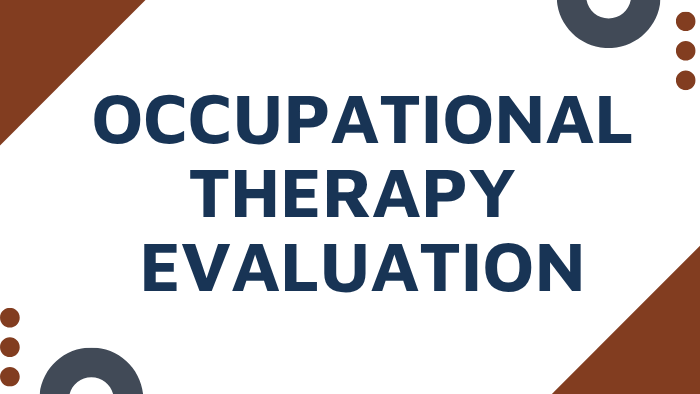The Difference Between Evaluation, Progress Notes, and Re-Certification
Initial Evaluation
An Initial Evaluation is the first and most comprehensive assessment completed when a client begins occupational therapy services. It is your opportunity to gather a detailed medical history, understand the client’s occupational profile, perform targeted assessments, analyze functional strengths and barriers, and establish a baseline.
The purpose is simple and powerful:
-
Determine functional needs
-
Identify occupational performance deficits
-
Develop a skilled treatment plan
-
Set measurable, occupation-based goals
This establishes the clinical roadmap for all future sessions.
Progress Note
A Progress Note documents the client’s response to intervention over time. These notes reflect:
-
Changes in functional performance
-
Updated measurements and objective findings
-
Client engagement and tolerance
-
Treatment provided and clinical reasoning
-
Modifications to the plan of care
Progress notes justify medical necessity, track improvement, and ensure continuity of care. They demonstrate why your skilled services matter.
Recertification Note
A Recertification Note is completed when ongoing therapy must be re-authorized or when a plan of care cycle renews. This document includes:
-
Updated objective data
-
What goals have been met, revised, or discontinued
-
Clinical justification for continued therapy
-
Functional changes since the last certification
-
Any new or evolving needs
Insurers rely on recertifications to determine whether further OT services are warranted based on functional progression and medical necessity.
The Examination and Evaluation Changes based on the Diagnosis
Every diagnosis presents unique biomechanical, cognitive, sensory, psychosocial, and environmental considerations.
Therefore, the OT examination and evaluation process is never one-size-fits-all.
Your approach must shift based on:
-
Pathophysiology
-
Prognosis
-
Functional implications
-
Safety and risk factors
-
Anticipated recovery trajectory
This is why occupational therapy is a thinking profession — we tailor every evaluation to the individual and their diagnosis to create targeted, meaningful, and effective interventions.
👀 Check out the printouts available for you! 👀Do you want to watch a video on the Evaluation Process?
The Evaluation Begins with Activity Analysis
Download the pdf for “Activity Analysis Client Education” to help your clients make sense of the occupational therapy mindset! It is hard to conceptualize a concept that is unique to one profession, so show them! Show them the power of a continuum.
Show them that you know all about the human anatomy! This is how we change the face of the profession!!
Take your treatment planning and patient education to the next level by using this colorful tool to explain your profession
***Color-Coded Activity Analysis Copyrighted and Trademarked by Buffalo Occupational Therapy***

Featured Resource
Real Examples of Common Rehabilitation Documentation
Check out some examples of documentation used in a clinical setting across a full continuum of care. This is one example and often changes based on the setting you are in.
🔗 ACCESS GOOGLE DRIVE FOR MORE EXAMPLES 🔗Writing Notes and Goals
Writing Goals for Initial Evaluations, Treatment Notes, Progress Notes, and Discharge Planning is an art form. Over time, you develop stronger skills.
Occupational Therapy 101
Watch the playlist with foundational themes for occupational therapy practice.








